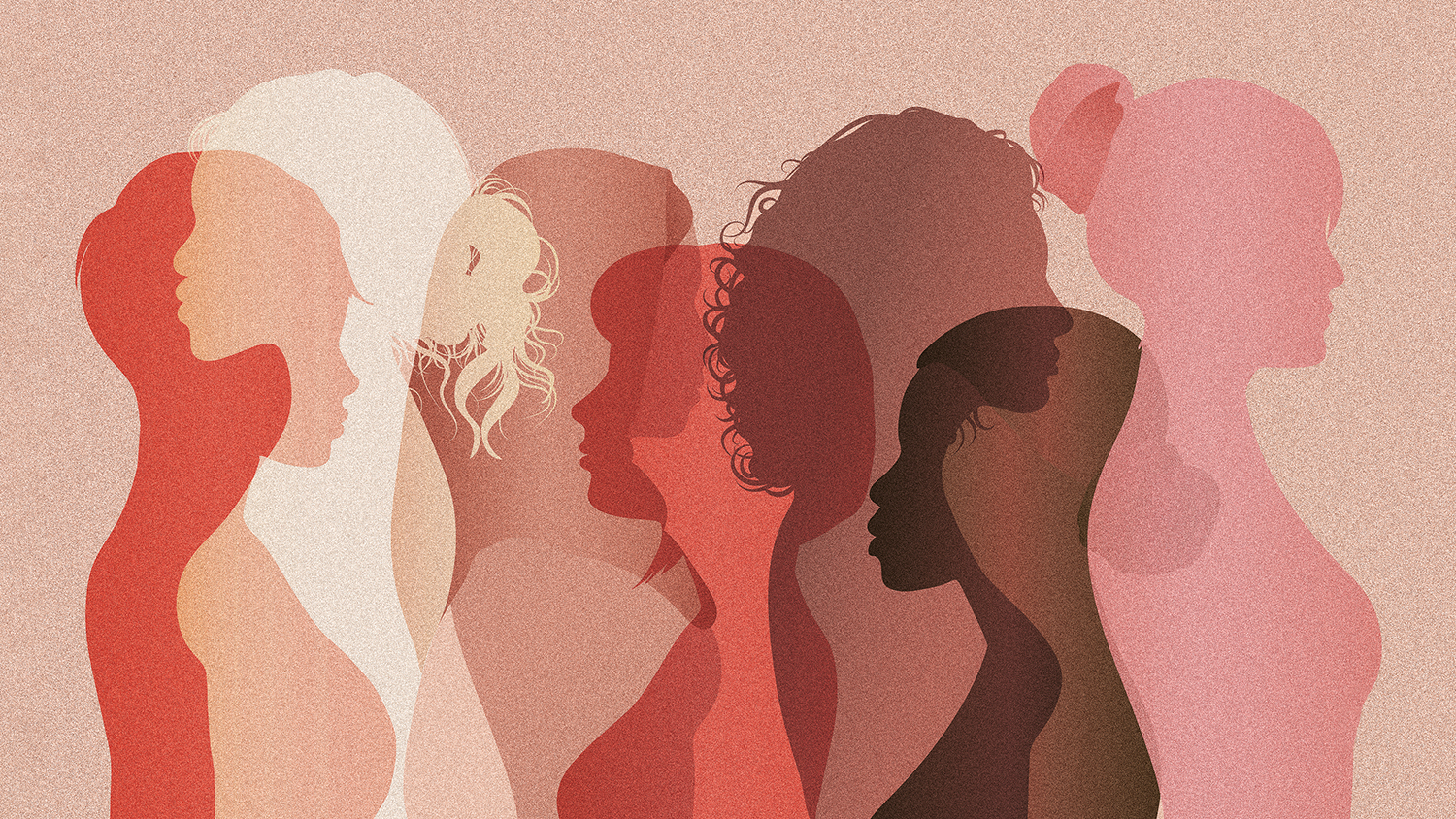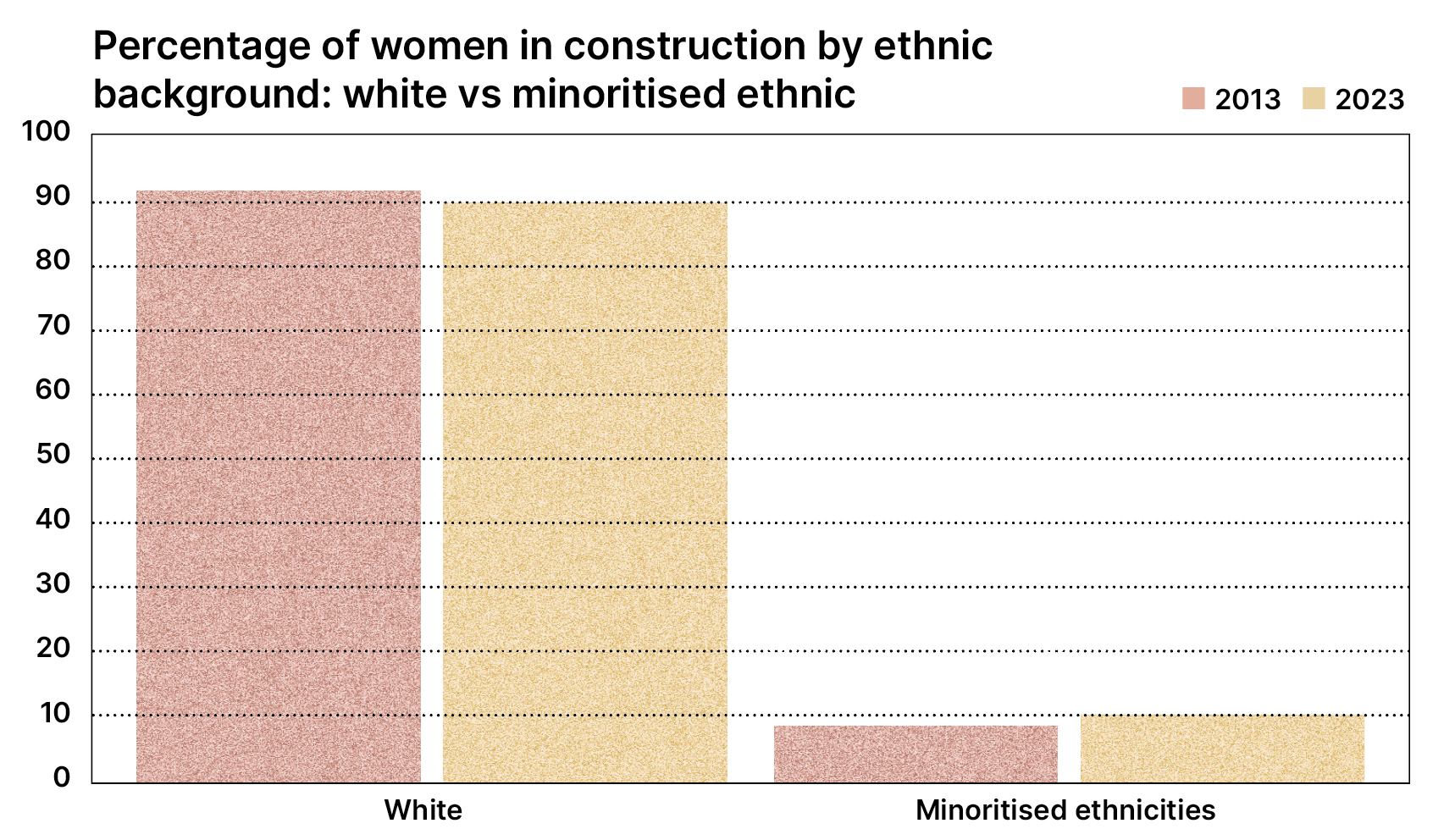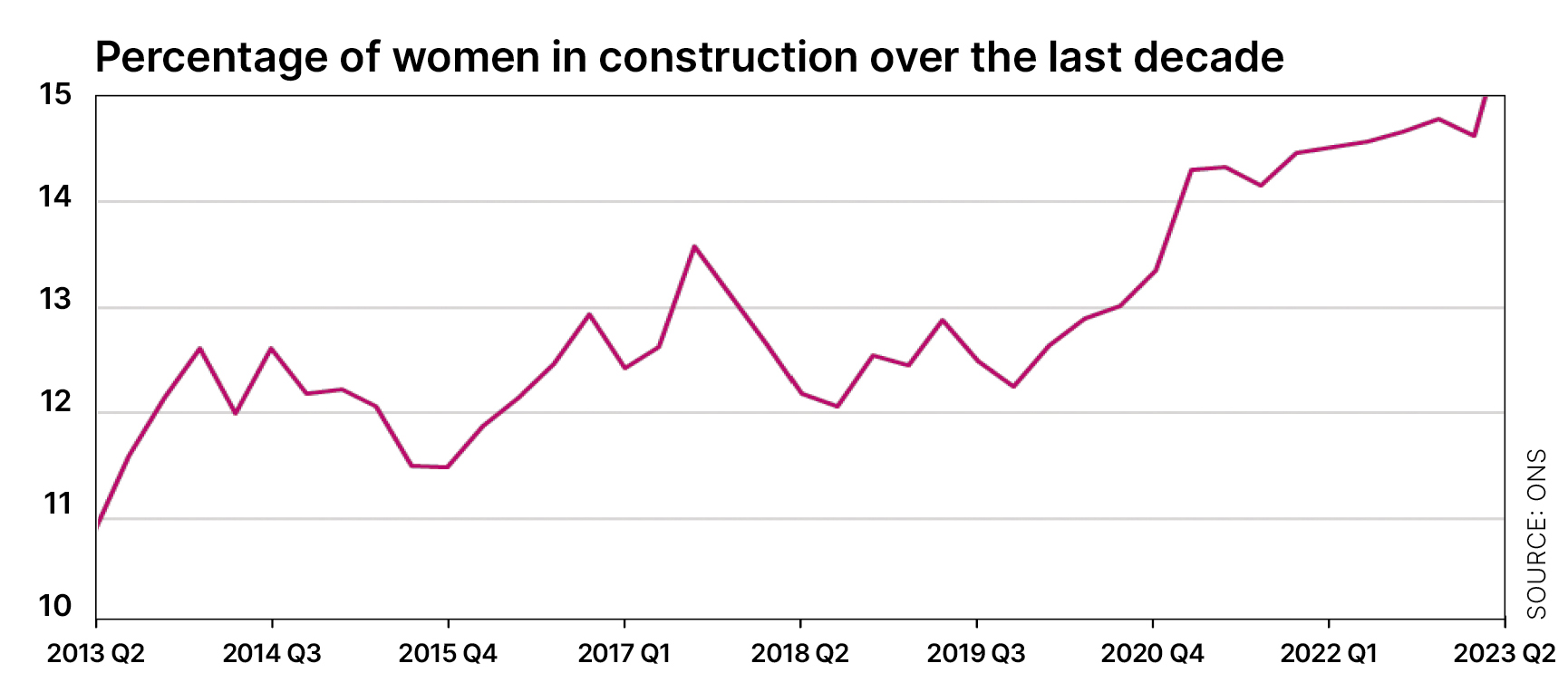
Although progress is steady, more needs to be done to encourage women from diverse backgrounds into the industry, explains Ridha Shah.
International Women’s Day (8 March) is an opportunity for construction to reflect on diversity and inclusivity. Slowly but surely, the face of the industry is changing. Over the past decade, the proportion of the sector made up of women has increased by five percentage points, according to the Office of National Statistics (ONS). However, that needs to be seen in a context where women remain in the minority, at 15% of the workforce.
Of course, diversity means much more than this. Of that 15%, 89.3% are white, with 10.7% comprised of minoritised ethnic. This is in comparison with the 81.7% of the population made up of white people. In construction, the figures have moved in a positive direction, with minoritised ethnic representation up from 8.1% a decade ago.
An area where we are seeing encouraging change is in women’s share of leadership positions. Compared to 2013, the representation of women in managerial, senior and professional roles has increased by 8.4 percentage points. However, this still represents a small share of women in the construction industry – less than 20% in 2023.

Within this small share of women holding decision-making roles, the proportion of women from minoritised ethnicities has increased from 15.4% to 29.1% over the past decade. Looking ahead, this relative strength in leadership diversity could help accelerate the journey the industry is on by inspiring others to pursue the same paths.
Changing the image of the industry
However, the majority of women employed in the construction sector are working in personal, administrative and secretarial roles. While there has been some change over the last decade, the decrease of women in these roles from 79.3% to 73.4% means there still exists a notable gender disparity within the industry.
Of greater concern are the statistics regarding women in construction trade and operative roles. A decade ago, only 3.2% of women in the industry held these positions, a figure which has since dwindled to a mere 1.4% in 2023. Given the predicted 500,000 shortfall in construction workers over the next decade, it is essential that the industry attracts people from increasingly diverse backgrounds.

Initiatives like CIOB’s #PPEthatfits campaign, which addresses the widespread inequalities in PPE provision across construction, will play an important role in helping to make the industry a more inclusive place to work.
Nonetheless, attracting a wider, more diverse cohort into construction will ultimately rely on telling strong stories about the opportunities on offer. This will come down to changing the industry’s image from one just of tools and hard hats to a dynamic and innovative sector that is driving change with social purpose at its heart.
From cost management to data science to traditional trade roles, construction has something to offer for everyone – and to get the skills we need, we need to keep communicating that better.
Ridha Shah is economist and diversity and inclusion regional lead for Yorkshire at Turner & Townsend.












